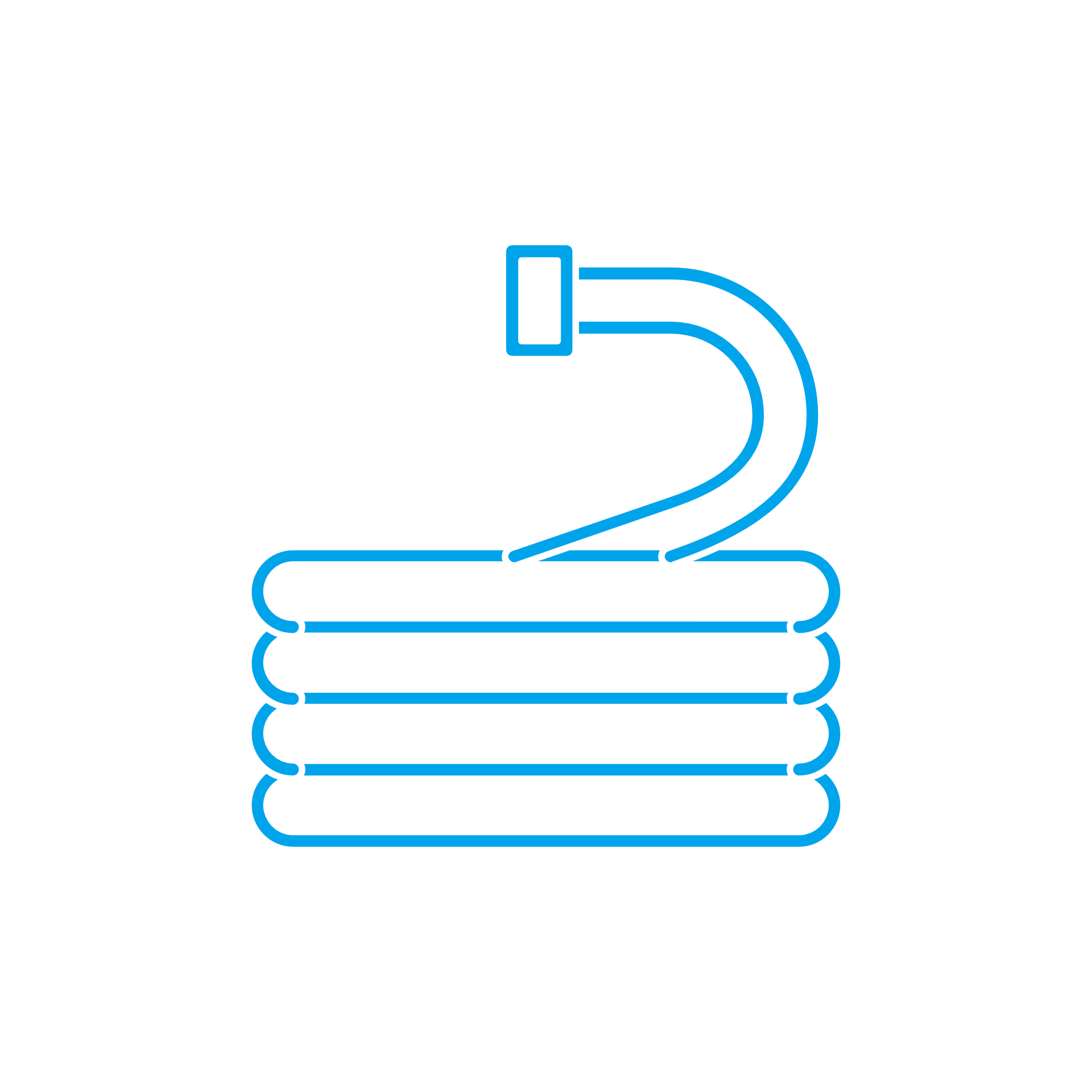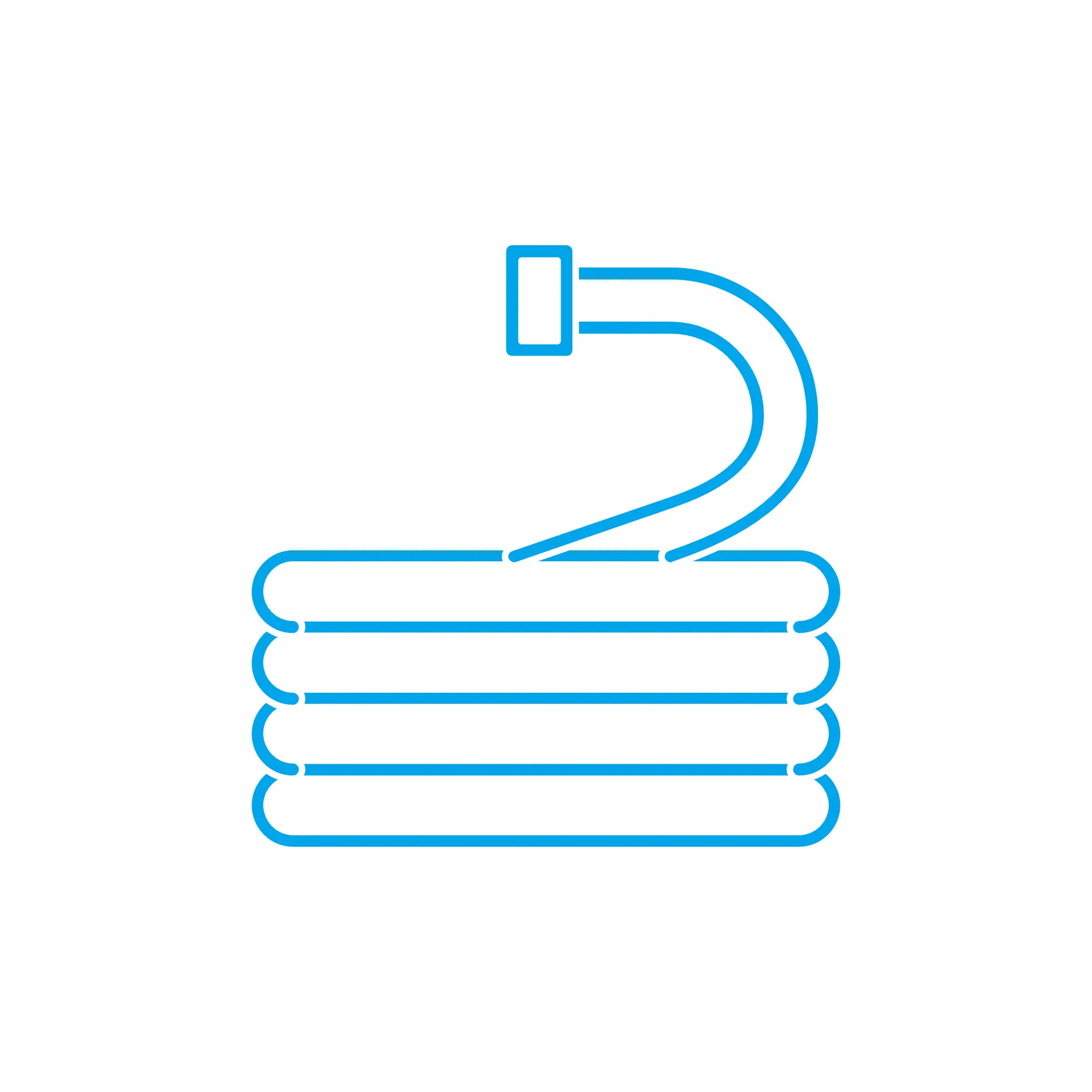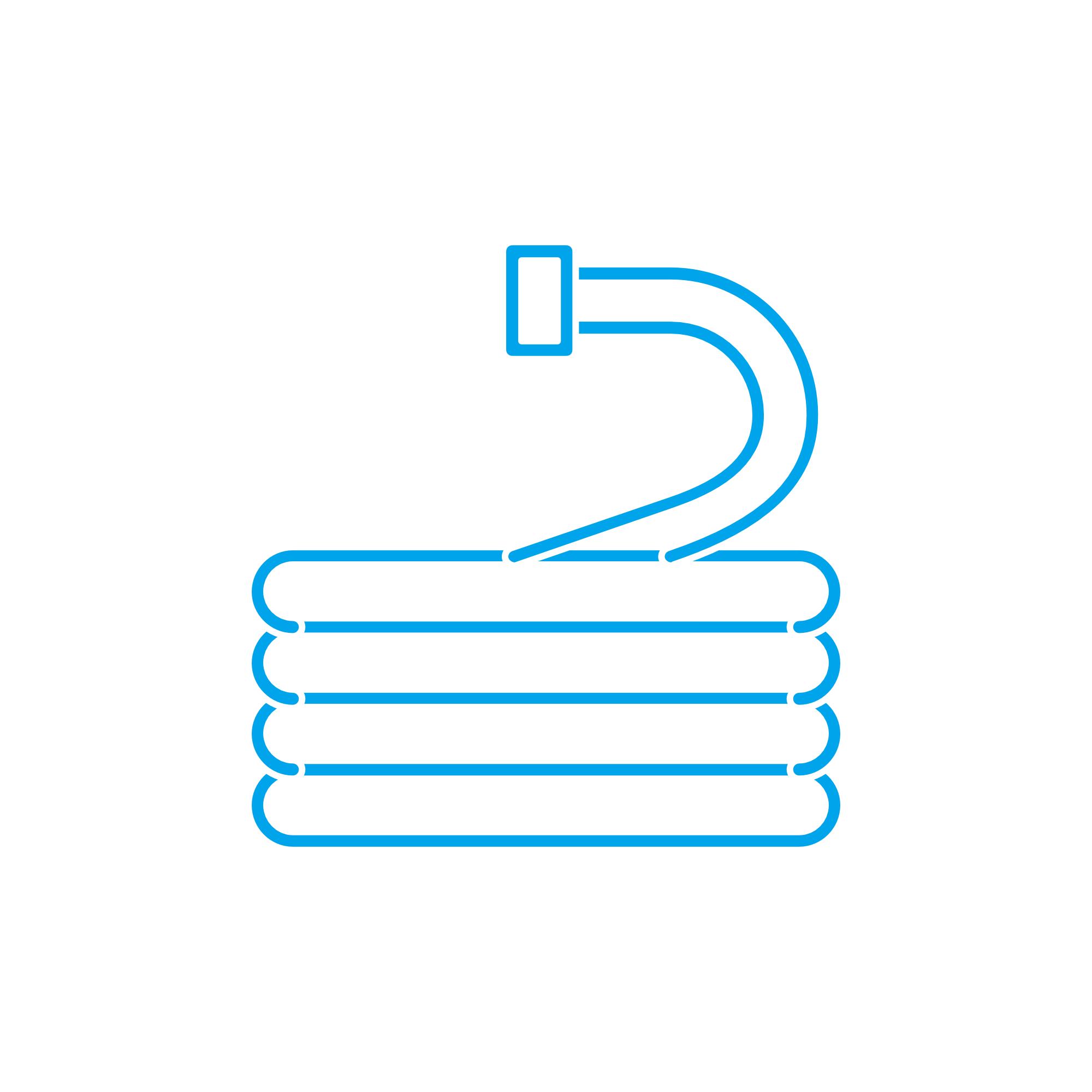RUBBER HOSE solutions for marine and diesel engines
Hoses are flexible, pressure-rated connectors that transport fluids and gases across an engine and its auxiliary systems. In propulsion and power-generation applications, they link hard-piped sections to components such as pumps, heat exchangers, turbochargers, filters, and tanks. A well-engineered RUBBER HOSE provides vibration isolation, compensates for thermal expansion, and maintains leak-free flow under pulsation and movement—functions that make hoses a critical category in any engine room, whether on a vessel or in a land-based generator set.
In marine and industrial contexts, hoses must withstand heat, oil, fuel, salt-laden air, and continuous vibration. The right construction—rubber compounds, reinforcement layers, inner liners, and abrasion-resistant covers—determines whether a system runs efficiently and safely. Selecting and maintaining robust hoses is therefore central to uptime and lifecycle cost control.
Technical function of RUBBER HOSE in marine engine and diesel engine systems
A RUBBER HOSE routes media with controlled pressure and flow while absorbing misalignment between rigid components. In a diesel engine, typical hose functions include:
Cooling circuits
EPDM-based coolant hoses connect the engine block, thermostats, and heat exchangers. They handle cyclic temperatures from cold start to high load, while their reinforcement (textile or aramid) stabilizes the wall under suction and discharge. Properly specified bend radius prevents kinking, ensuring consistent coolant velocity and heat rejection.
Fuel supply and return
NBR- or FKM-lined fuel hoses manage diesel flow from day tanks to injection pumps and back. Low-permeation inner liners minimize vapor loss and reduce fire risk. Anti-static properties mitigate charge build-up during high flow, and fire-resistant outer covers are often selected for marine engine spaces.
Lubrication and hydraulics
Oil-resistant hoses supply lube oil to filters and coolers, while pressure hoses in hydraulic systems power actuators (e.g., CPP pitch control). Wire-braid or spiral steel reinforcement delivers the burst safety margin required by OEM parts specifications.
Charge air and ventilation
RUBBER HOSE connections on turbocharger outlets and charge-air coolers must withstand elevated temperatures and boost pressures. Heat-stabilized compounds and multi-ply construction limit swelling and delamination, preserving air density and combustion efficiency.
Across these duties, the hose’s construction—inner tube compatibility, reinforcement architecture, and cover material—determines performance. Correct selection reduces pressure drop, prevents cavitation at inlets, and maintains calibrated flow crucial for emissions control.
- · Engineered for fuel, oil, coolant, and air service.
- · Reinforced with textile, aramid, or steel wire for burst safety.
- · Optimized bend radius to prevent kinking and flow restriction.
- · Heat-, oil-, ozone-, and abrasion-resistant covers.
- · Low-permeation liners to reduce emissions and odor.
- · Available for marine engine and diesel engine duty cycles.
Importance of hoses for reliability and service life
Hoses are small components with outsized impact on reliability. A degraded RUBBER HOSE can cause coolant loss, oil leaks, fuel misting, or unmetered air ingress—all of which reduce performance and may lead to shutdowns. Heat cycling hardens compounds; fuel additives and biodiesel blends can accelerate swelling; vibration fatigues reinforcement at clamps and fittings. Left unchecked, these modes progress to blistering, cracking, or end-fitting pull-off.
Consequences include overheated cylinders, bearing damage from low oil pressure, injector pump starvation, or charge-air leaks that raise exhaust temperatures and load the turbocharger. On a marine engine, leakage also introduces fire and environmental risks and can trigger compliance issues during inspections. Routine inspection for soft spots, surface crazing, bulges at ferrules, and hose chafe, combined with timely replacement, directly extends engine service life.
Advantages of OEM spare parts suitable for Hoses
Using OEM spare parts suitable for hoses ensures compatibility with the engine maker’s pressure, temperature, and chemical exposure profiles. These components are dimensionally precise, matching the specified ID/OD, wall thickness, reinforcement class, and end-connection geometry. This precision sustains as-designed flow, minimizes assembly stress at couplings, and prevents micro-leaks that erode efficiency.
With OEM parts, compound formulations are validated for the media in question—diesel with specific aromatic content, low-sulfur blends, glycol-based coolants, or synthetic oils—so the hose resists swelling, embrittlement, and delamination over its intended service interval. The result is predictable maintenance planning and fewer unscheduled interventions, which protects budgets and asset availability.
From a safety perspective, hoses suitable for marine service often align with recognized test regimes (e.g., flame resistance, permeability, and burst strength). OEM spare parts suitable for RUBBER HOSE assemblies arrive with the correct clamps, sleeves, and, where applicable, pre-crimped fittings that control compression and evenly distribute clamping loads—critical to prevent cold-flow and end separation under pulsation.
- · Consistent performance under design pressure and temperature.
- · Verified chemical compatibility for fuel, oil, and coolant.
- · Accurate dimensions for rapid, reliable installation.
- · Lower risk of leaks, overheating, and unplanned downtime.
- · Longer service intervals and improved total cost of ownership.
- · Confidence in RUBBER HOSE fit with related OEM parts and systems.
MOPA: your partner for OEM spare parts Hoses
MOPA supplies OEM spare parts suitable for hoses across diesel and gas engines, supporting fleets and power plants with rapid availability and technical certainty. Our sourcing network and stock strategies deliver speed, while our quality process ensures that each RUBBER HOSE assembly meets the required specifications for pressure rating, media compatibility, and flame resistance where mandated.
Customers rely on MOPA for secure, traceable trade of OEM parts: from fuel and lube oil hoses to charge air and coolant connections. We help match part numbers to engine variants, advise on hose routing and clamp selection, and consolidate shipments to minimize vessel or plant downtime.
Conclusion
Hoses are essential connectors that keep marine and diesel engines operating safely and efficiently. A correctly specified RUBBER HOSE preserves flow, controls temperature, and prevents leaks that threaten performance and asset life. Choosing OEM spare parts suitable for hoses secures dimensional accuracy, material integrity, and long-term reliability—benefits that protect operations and budgets alike.



